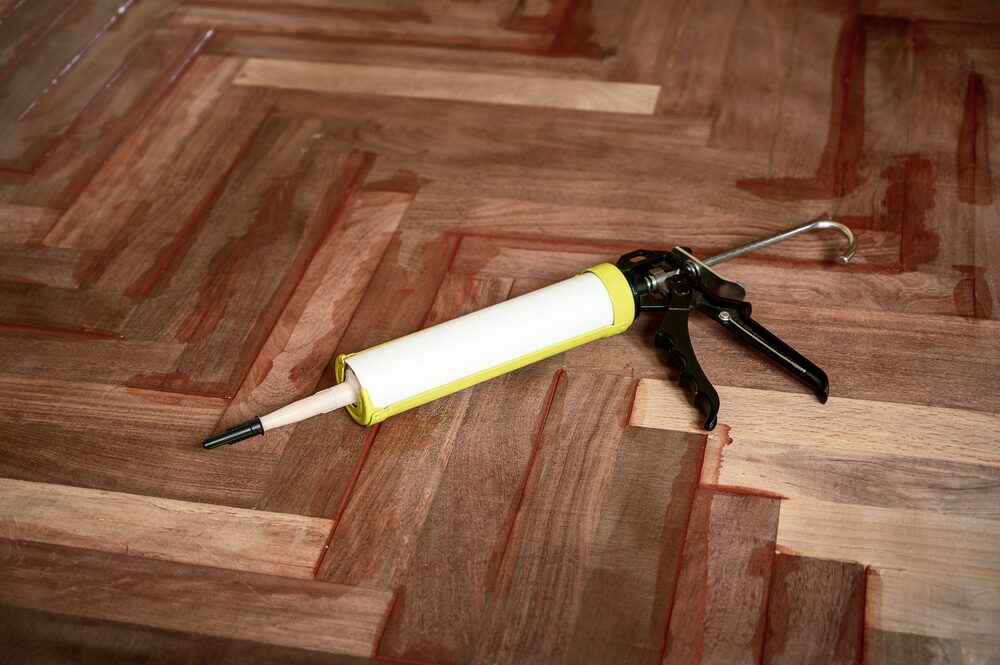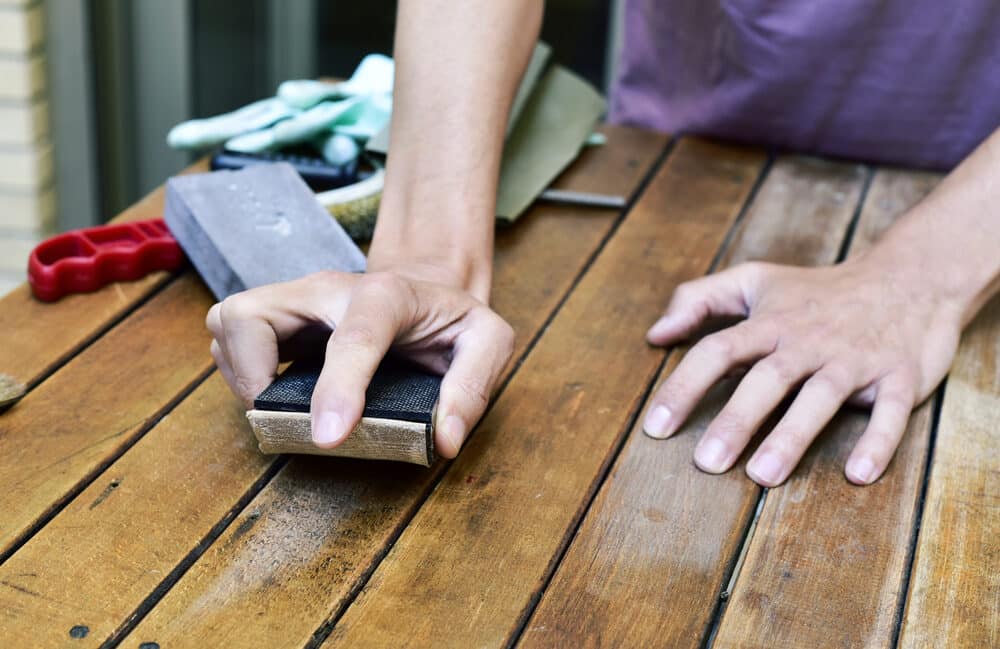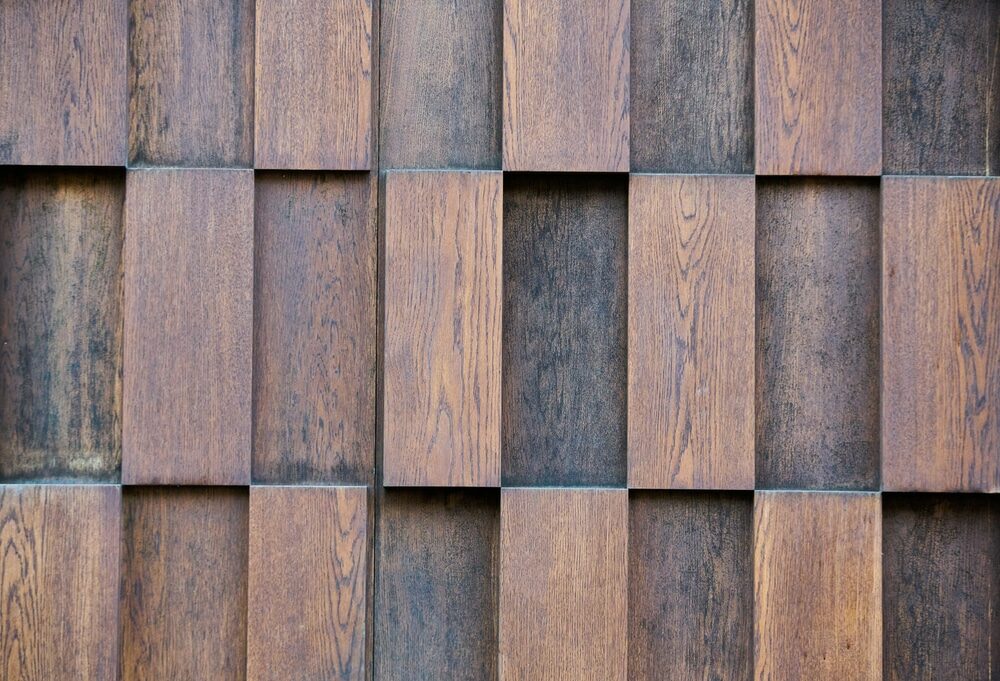London:
Nationwide:
Effective Polishing Tips and Techniques for an Easy Wood Floor Renovation
Posted on April 12, 2023
Blog
Wooden floors add warmth, charm, and character to any home, but over time, they can become dull and worn due to daily wear and tear. Fortunately, polishing your wood floors can breathe new life into them, making them look new and revitalised. In this blog post, we’ll explore effective polishing tips and techniques that will make your wood floor renovation project easy and rewarding.
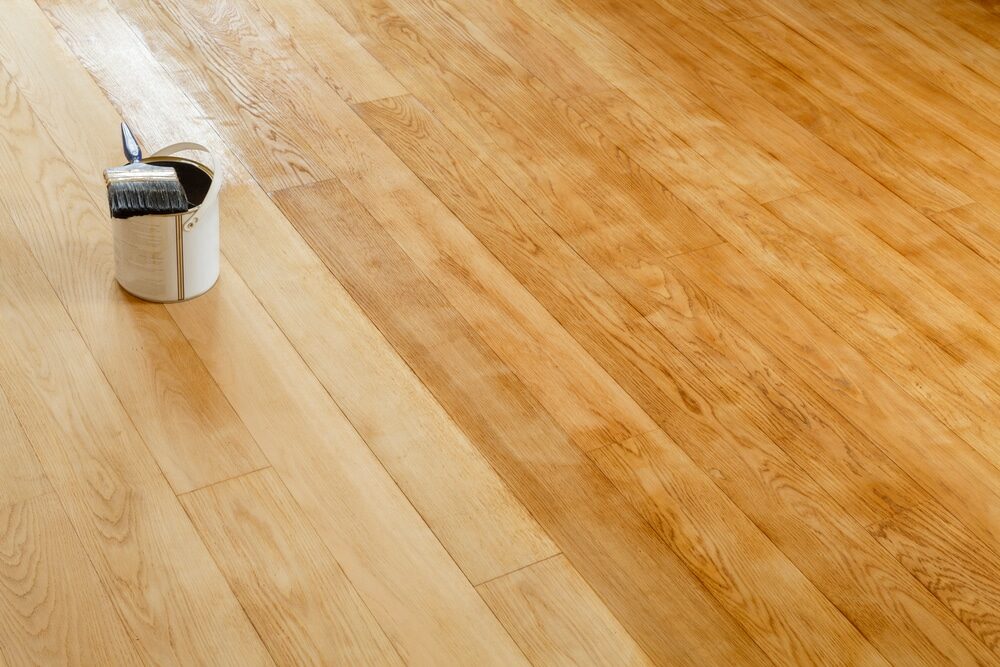
1. Preparing Your Wood Floors for Polishing
Before polishing your wood floors, it is essential to prepare the surface properly. Follow these steps to ensure the best possible results:
a. Clean the floor: sweep or vacuum the floor thoroughly to remove any dirt, dust, and debris. Use a microfiber mop and a gentle wood floor cleaner to clean the surface, making sure to follow the cleaner’s instructions.
b. Inspect the floor: Check for any loose nails, protruding screws, or damaged boards that may need repair before polishing. Fix any issues to ensure a smooth, even surface.
c. Determine the floor’s finish: Identify whether your wood floor has a wax or polyurethane finish, as this will affect the choice of polish and polishing techniques. To test the finish, place a drop of water on the floor; if it beads up, the floor likely has a polyurethane finish, but if it soaks in and darkens the wood, it probably has a wax finish.
d. Lightly sand the floor (optional): If your floor has deep scratches or a dull finish, you may need to lightly sand the surface with a fine-grit sandpaper (220-grit) before polishing. Be sure to vacuum the floor and wipe it down with a damp cloth to remove any sanding dust.
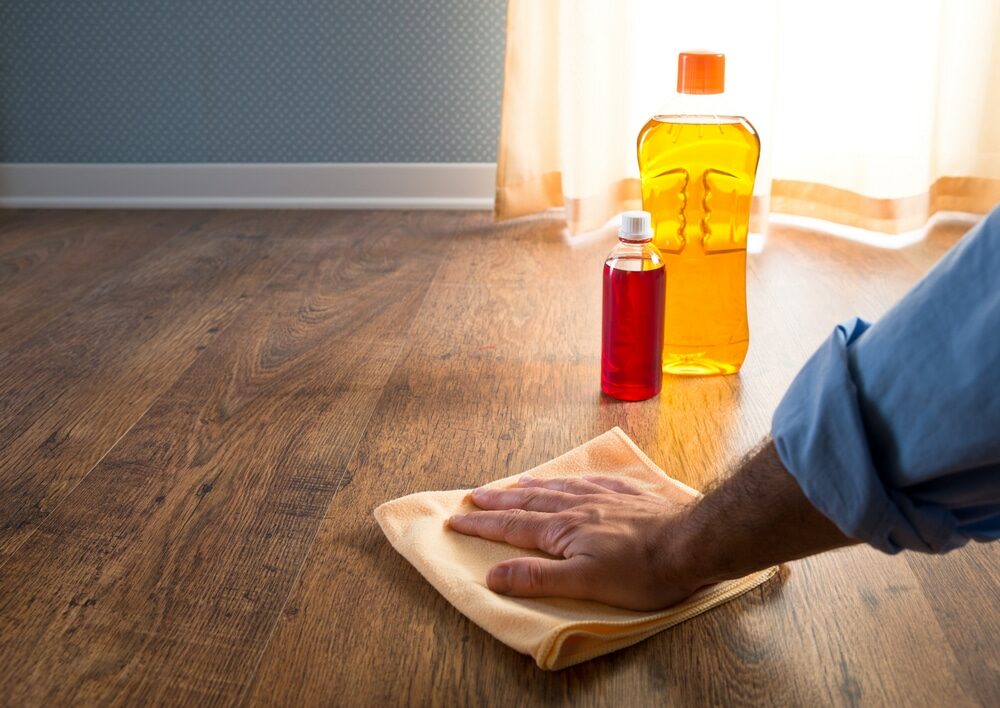
2. Choosing the Right Wood Floor Polish
Selecting the appropriate polish for your wood floor is crucial for achieving the desired results. Consider the following factors when choosing a polish:
a. Type of finish: Ensure that the polish is compatible with your floor’s finish (wax or polyurethane). Using the wrong type of polish can damage the finish or produce unsatisfactory results.
b. Sheen level: Wood floor polishes come in various sheen levels, such as matte, satin, semi-gloss, and gloss. Choose a sheen that matches your floor’s original finish or complements your room’s décor.
c. Eco-friendliness: Opt for an environmentally friendly, low-VOC (volatile organic compounds) polish to reduce indoor air pollution and potential health risks.
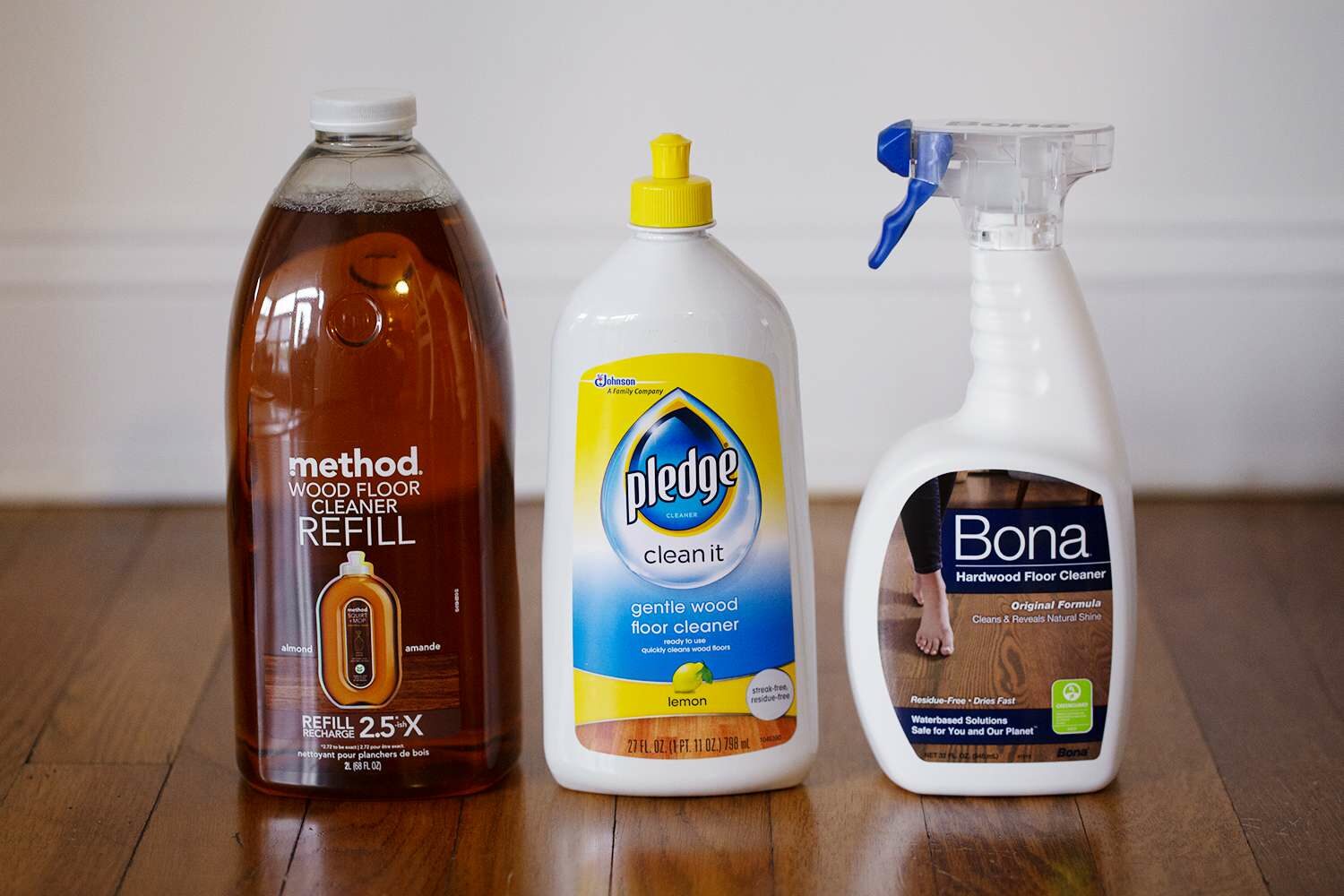
3. Polishing Techniques and Tips for a Flawless Finish
Follow these guidelines for a successful wood floor polishing experience:
a. Read the manufacturer’s instructions: Always read and follow the polish manufacturer’s instructions for best results and to avoid potential damage to your floor.
b. Test the polish: Apply a small amount of polish to an inconspicuous area of the floor to ensure compatibility and desired results.

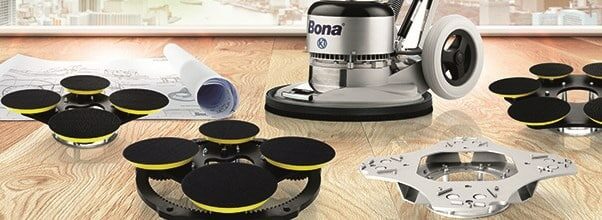
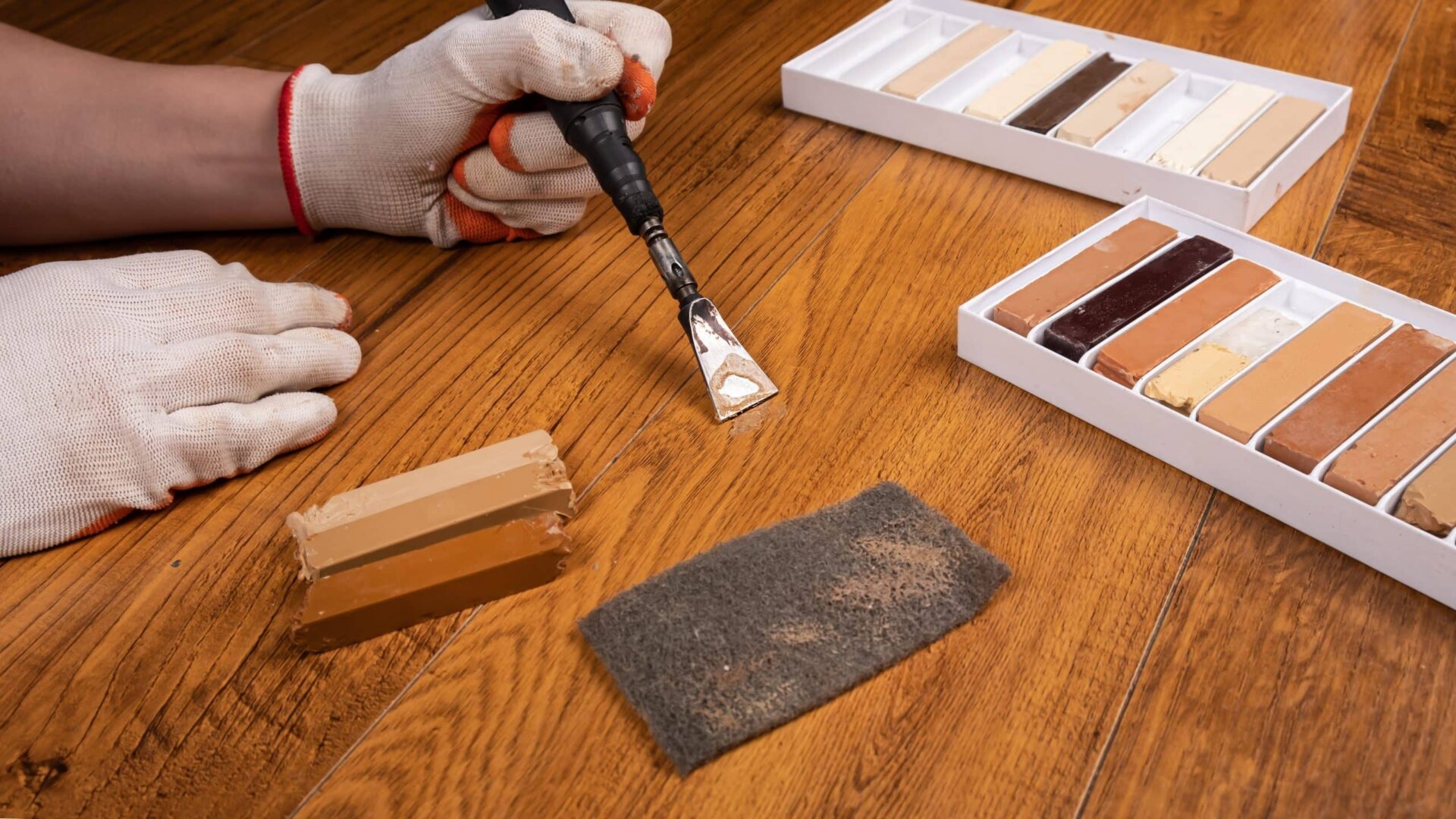
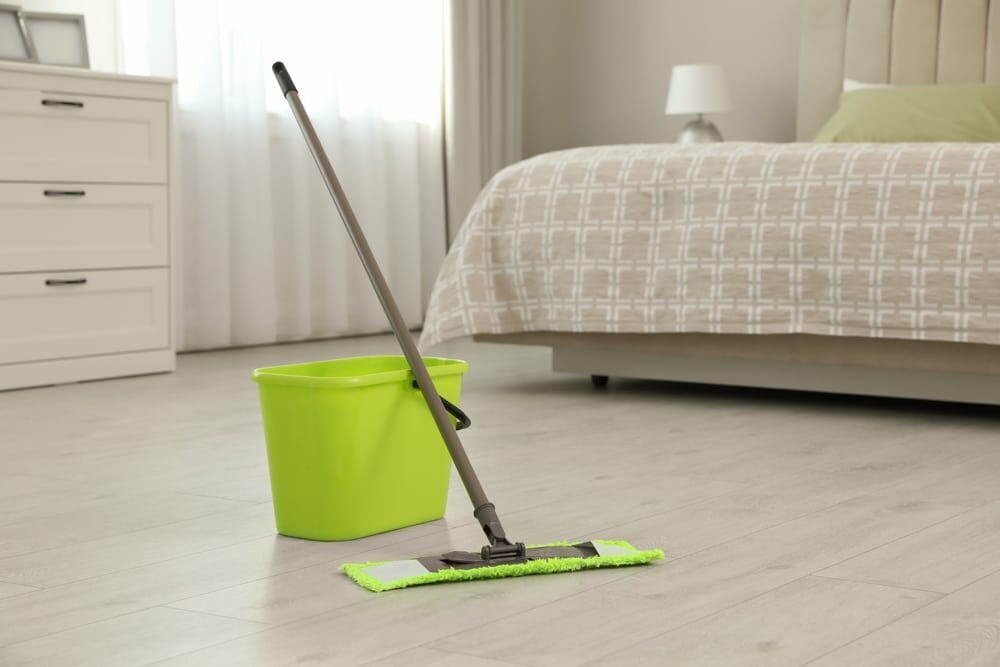
c. Apply the polish: Pour a small amount of polish onto the floor and use a microfiber mop, sponge, or applicator pad to spread it evenly across the surface, working in the direction of the wood grain. Work in small sections to maintain control and ensure even coverage.
d. Allow the polish to dry: Give the polish ample time to dry according to the manufacturer’s instructions before walking on the floor or applying additional coats.
e. Apply multiple coats if necessary: Depending on the condition of your floor and the desired level of shine, you may need to apply multiple coats of polish. Allow each coat to dry thoroughly before applying the next one.
4. Buffing and Finishing Touches
Buffing your wood floors after polishing them can further enhance their shine and provide a more professional-looking finish. Follow these steps for successful buffing:
a. Choose the right buffer: Select a buffer with a suitable pad, such as a white or red pad, designed for use on wood floors. Avoid using overly aggressive pads that can damage the floor’s finish.
b. Buff the floor: Turn on the buffer and move it in the direction of the wood grain, overlapping each pass slightly to ensure even coverage. Keep the buffer moving at all times to avoid damaging the floor.
c. Clean up: After buffing, vacuum or sweep the floor to remove any dust generated during the process.
5. Troubleshooting Common Polishing Issues
If you encounter any issues during the polishing process, refer to the following solutions:
a. Streaks or uneven shine
- Cause: Streaks can result from applying the polish unevenly, using a dirty applicator, or not allowing the polish to dry completely before buffing.
- Solution: Ensure even application of the polish, use a clean applicator, and allow sufficient drying time before buffing.
b. Hazy or cloudy appearance
- Cause: A hazy or cloudy appearance can be caused by using too much polish or not allowing the polish to dry thoroughly.
- Solution: Apply thinner coats of polish and ensure adequate drying time between coats.
c. slippery surface
- Cause: Excess polish residue can make the floor slippery.
- Solution: Buff the floor to remove excess polish or use a damp microfiber mop to clean the surface.
6. Wood Floor Maintenance Tips for Long-Lasting Results
To keep your wood floors looking their best, follow these maintenance tips:
a. Regular cleaning: sweep or vacuum your wood floors regularly to remove dirt and dust. Clean the surface with a gentle wood floor cleaner and a microfiber mop as needed.
b. Use protective pads: Place felt pads under furniture legs to prevent scratches and scuffs on your wood floors.
c. Avoid water damage: Wipe up spills immediately to prevent water damage and staining. Avoid using excessive water when cleaning your wood floors.
d. Monitor humidity levels: Maintain a consistent indoor humidity level between 40-60% to prevent wood floor expansion and contraction.
e. Schedule periodic polishing: Plan to polish your wood floors every 6–12 months to maintain their shine and protect the surface from wear and tear. By following these effective polishing tips and techniques, you can easily transform your dull and worn wood floors into a beautiful, revitalised surface that enhances the overall look and feel of your home. With proper maintenance, your wood floors will provide long-lasting beauty and enjoyment for years to come.
Some Useful Links:
Conclusion:
Polishing your wood floors is a simple yet effective way to restore their original beauty and extend their lifespan. With the right preparation, equipment, and technique, you can achieve a flawless finish that enhances the natural character and charm of your wood floors. In this blog post, we have discussed the importance of wood floor polishing and provided tips for preparing your floor, selecting the right polish, and applying it for optimal results. We have also outlined buffing and finishing techniques and troubleshooting tips for common polishing issues. To keep your wood floors looking their best, it is crucial to practice regular maintenance and follow our recommended maintenance tips. By doing so, you can ensure that your wood floors continue to provide a warm and inviting atmosphere for you and your loved ones to enjoy for years to come. So, roll up your sleeves, follow our effective polishing tips and techniques, and witness the transformation of your dull and worn wood floors into a stunning and revitalized surface that adds value and appeal to your home.
More from our Blog:
A Comprehensive Guide to Maintaining Your Floor’s Finish
Discover Your Floor Finish: Oil, Wax, or Lacquer? Expert Tips
Comprehensive Guide to Floor Sanding and Polishing Floor Boards

Sanding
We provide virtually dust-free sanding with our continuous belt machinery with mobile extraction units, giving you a safer environment for your family.
Oiling
This organic finish not only adds beauty to your home but also has exceptional water-repellent characteristics, making it easier to clean and maintain.
Waxing
This natural floor finish offers the softest and most mellow appearance – and leaves your floor able to breath.
Buffing
Using soft buffing machines (and hand-polishing where required) will bring a wonderful sheen to your newly-finished floor.
Repairs
We offer a full assessment of your wooden floors to determine what repairs are needed to provide the perfect working surface for the later stages of sanding, staining and sealing.
Restoration
We offer a comprehensive restoration process designed to address floors that are improperly fitted or damaged over time through wear and tear.
Request a fixed price quote for your wood floor restoration now
Simply enter your postcode below to get started.
Services
Wood Floor Sanding Wood Floor Restoration Wood Floor Scratch Repair Squeaky Wood Floor Repair Parquet Floor Sanding Parquet Floor Restoration Commercial Floor Sanding Church Floor Sanding Community Centre Floor Sanding School Floor Sanding Gap Filling Gap Filling with ResinCopyright © Mr Sander®
Privacy & Cookies Terms & Conditions Complaints Procedure Cancellation Rights Sitemap